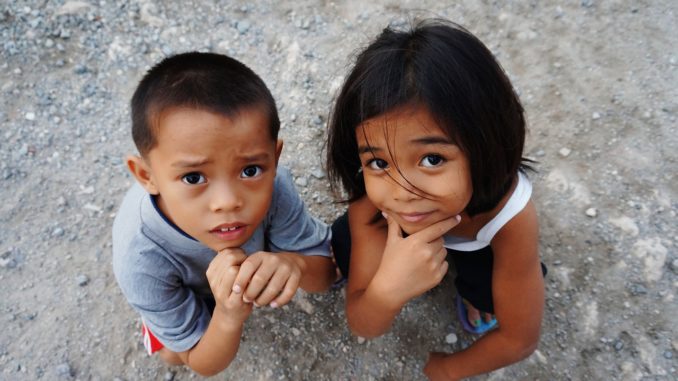
By Adrian Kuek (Joyous Learning) and Marcus Goh
Globalisation is everybody’s favourite buzzword these days, but it’s not just some corporate jargon made up to impress CEOs. As barriers between countries shrink, our population becomes more and more diverse. That means that children must not only learn how to write academically about it learn to accept and understand those from different backgrounds and cultures from young, to create a harmonious society (as our pledge goes).
It’s an uncomfortable but undeniable fact that the majority of Singapore’s population is Chinese, so this article will be skewed towards the majority. But the advice still holds across all demographics — as long as we’re willing to keep an open mind.
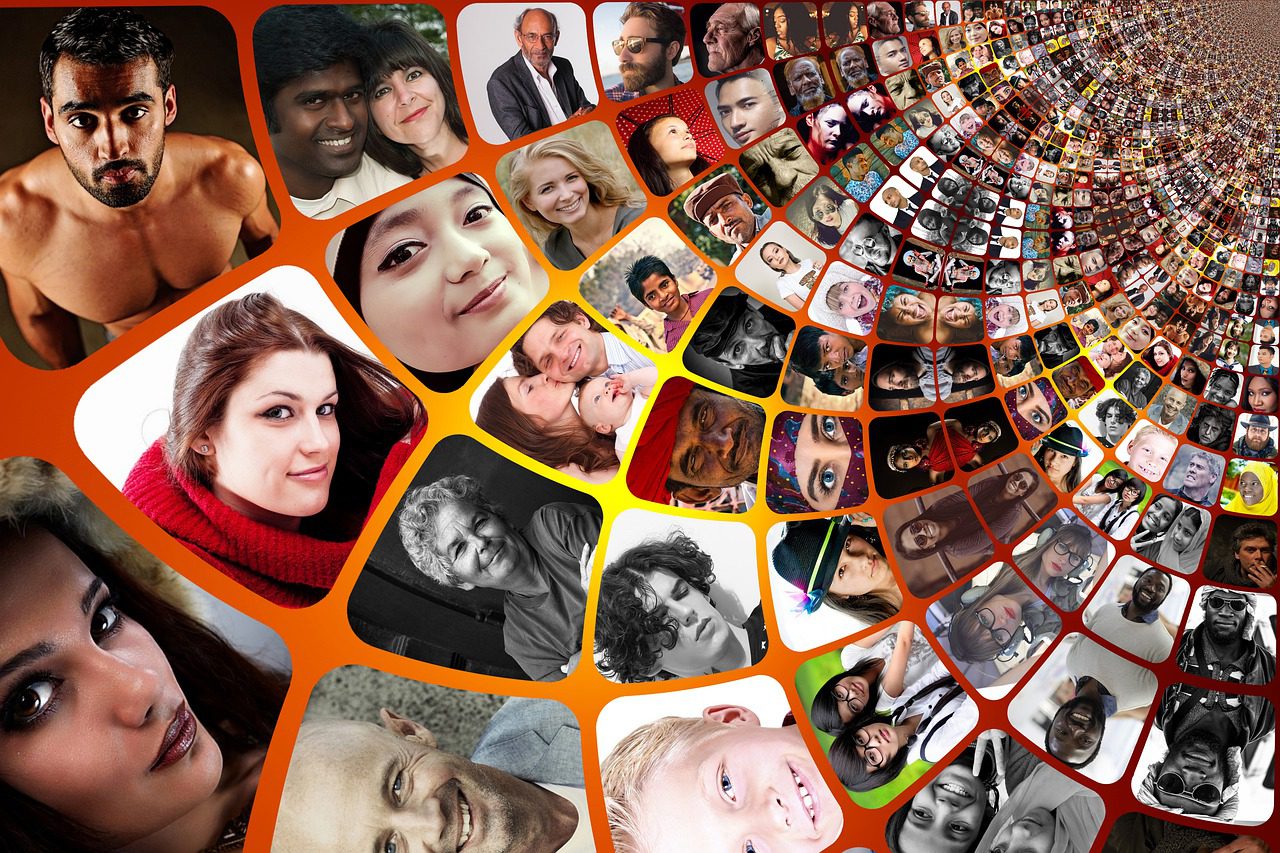
1. Don’t stereotype other cultures
It’s tempting to stereotype particular demographics, or to attribute negative experiences to factors such as race, nationality or religion. When parents are exasperated with a particular situation and faced with the constant questions of children, it’s easy to explain it all away with a broad generalisation.
This is a difficult truth to accept, and seldom discussed publicly. But this sets a poor precedent for children, who learn from example. Without any life experience to fall back on, these incidents of stereotyping become their life experience — showing them that diversity is something to be feared, rather than celebrated.
It may take more time, but take the time to explain the differences between cultures to children when they ask. It’s not so much the information, but the approach that they will learn. And the approach to diversity is what matters in this case.
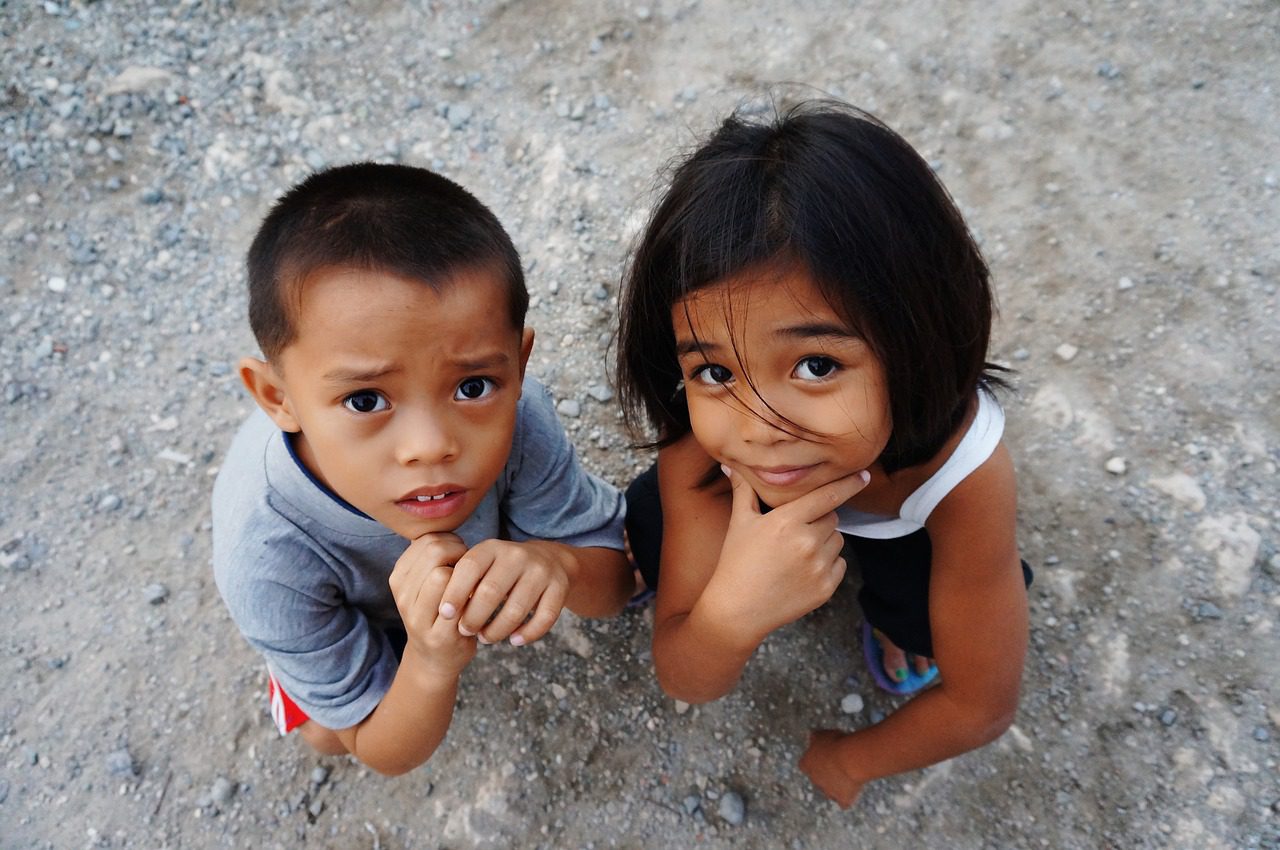
2. Let children ask questions about other cultures
Of course, knowledge and awareness of other cultures will also help children to better understand and embrace diversity. If parents are worried that children might find this boring, think about how they look Greek and Roman mythology. Children are often fascinated by such myths and legends, and will take the effort to learn more and read about them. They are, in effect, studying another culture when they read about it.
The key is to take this sort of fascination and wonder, and apply it in their approach to other cultures. Let them ask questions, do some research, and learn more about other cultures. It’s not rude to ask someone from another culture about their customs and traditions, as long as it’s done in a respectful way. In fact, it shows a healthy curiosity for others.
So when children show interest in other cultures, help fan the flames of curiosity. They’ll also discover how to be self-directed learners when they take this approach.
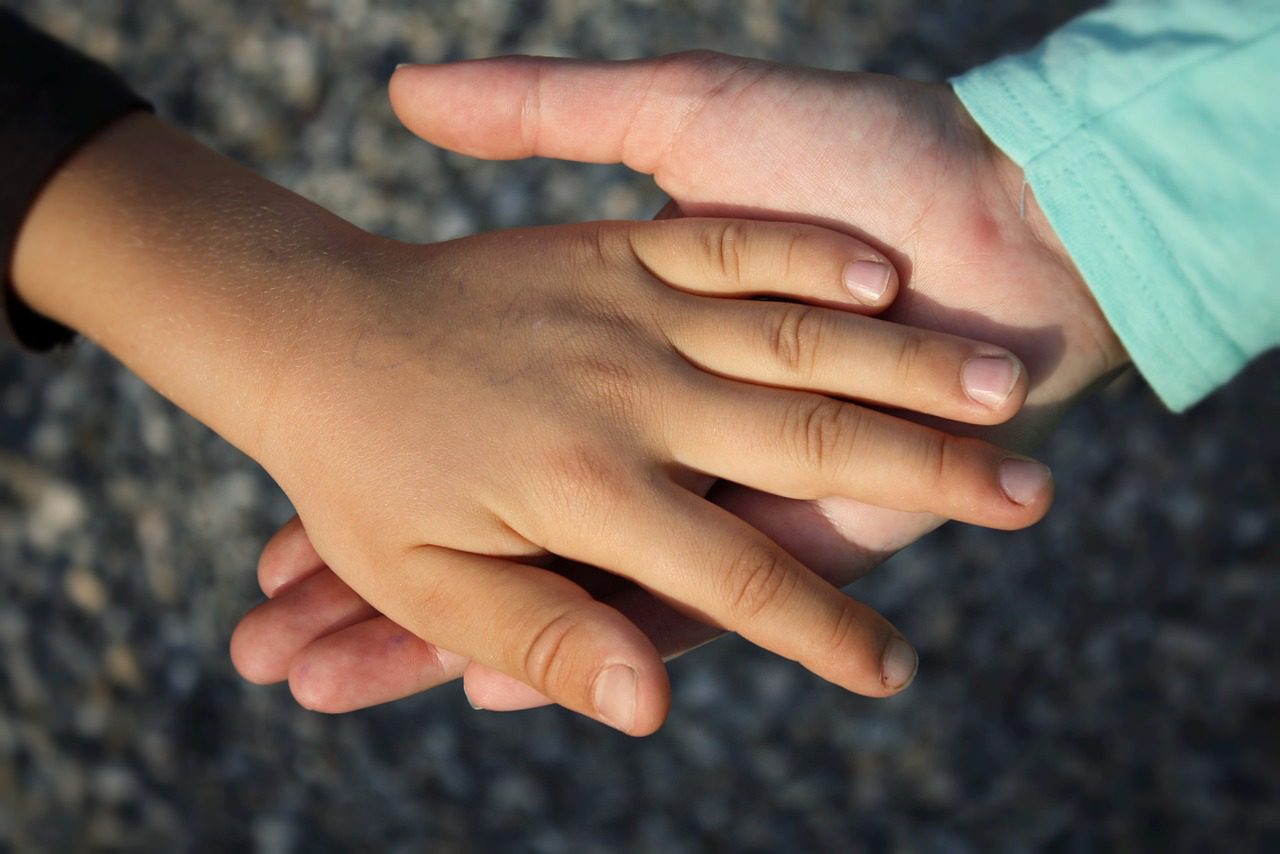
3. Diversity can extend beyond culture
Culture is the most obvious form of diversity, but there are other demographics too. Diversity includes income levels, gender inclinations, and even personal belief systems. At its heart, it means that children understand and accept people who are different from them. This differentiation can be something as simple as a person who loathes all things hallyu versus a k-pop fan. It may seem insignificant, but children draw their cues from how adults respond to small differences.
So remember that every time we dismiss small differences, it leaves an impact on a child. By treating small differences with respect, children will follow suit when it comes to the big differences they encounter in their lives.
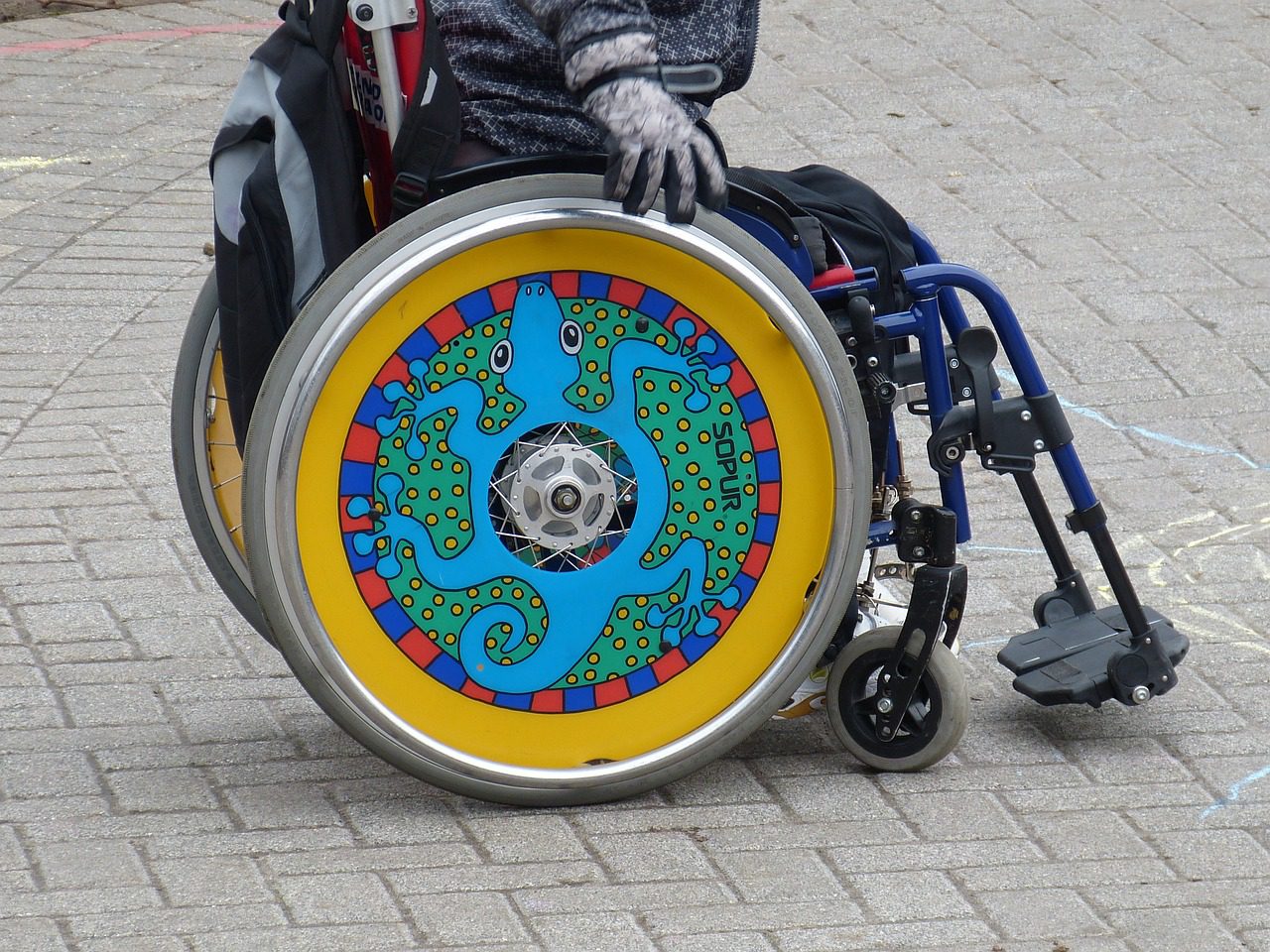
4. Showing empathy for those with social, physical, or mental disabilities
Ultimately, this also leads to acceptance of those with disabilities. It’s a logical extrapolation of the diversity issue — and an important one too. When children embrace diversity and cherish the differences between people, they’ll also understand that certain groups need help. With that mindset, it’s easier for them to show kindness and compassion for the disabled among us.
Again, it’s an uncomfortable reality that adults may secretly make fun of disabilities to their children. But by actively refraining from such attitudes and taking a more welcoming stance to the handicapped, parents can subtly gear children towards becoming empathetic, productive members of society.
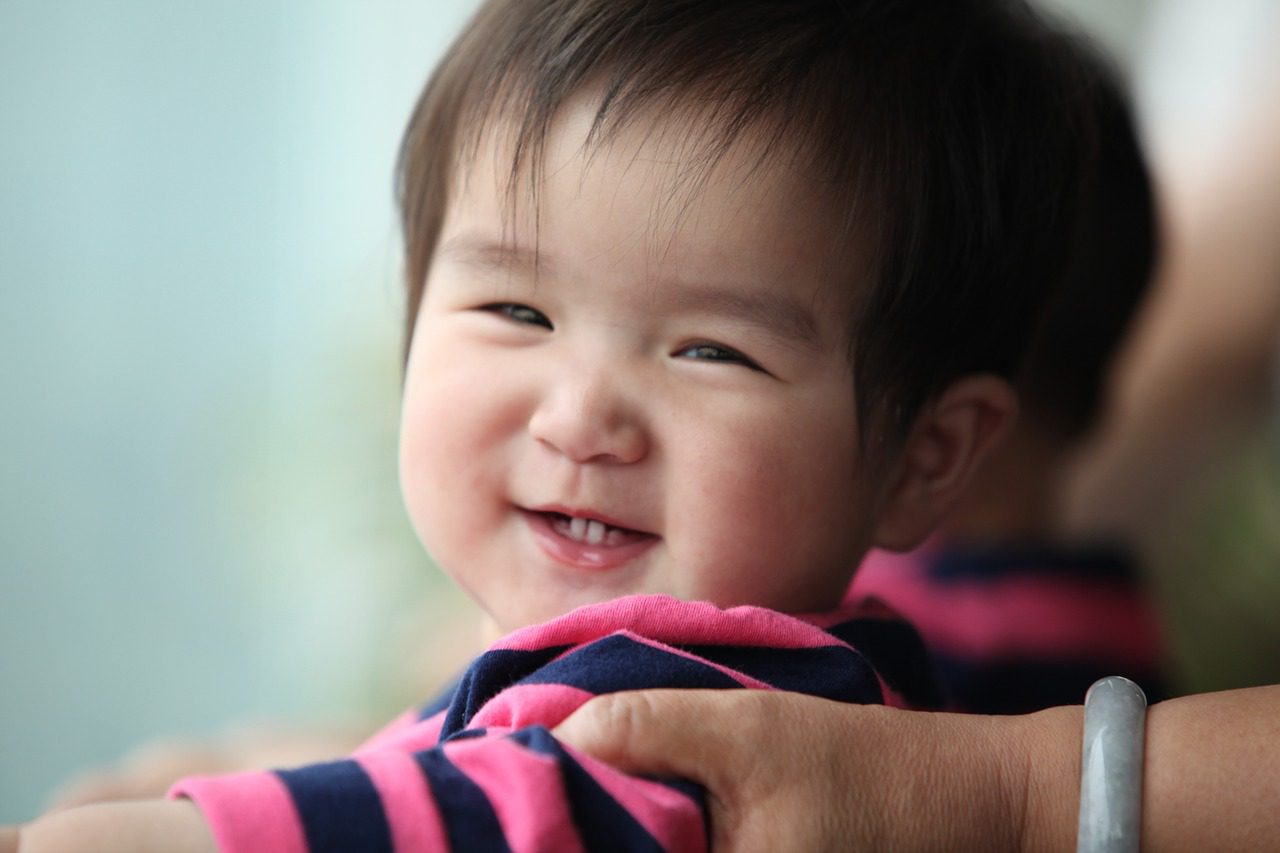
What do you think about teaching diversity to children?
This article was written for and first published on Yahoo Singapore’s Grade Expectations.
Grade Expectations is a weekly feature on education in Singapore. Expect fun activities, useful tips and insightful news on learning. It’s not just about your child’s grades — it’s about raising a great child!
Adrian Kuek runs Joyous Learning, an enrichment centre that specialises in English, Mathematics, Science and Creative Writing for Primary. He previously served as the academic director of one of Singapore’s largest enrichment centre chains for over seven years. Send him an email if you’re keen!
Marcus Goh runs Write-Handed, a creative writing studio. At the same time, he teaches English at The Write Connection. He has been a specialist tutor for English and Literature (Secondary) since 2005.
If you liked the article, follow me on Facebook and Instagram for more updates!
To get in touch with me, send an email!
Leave a Reply